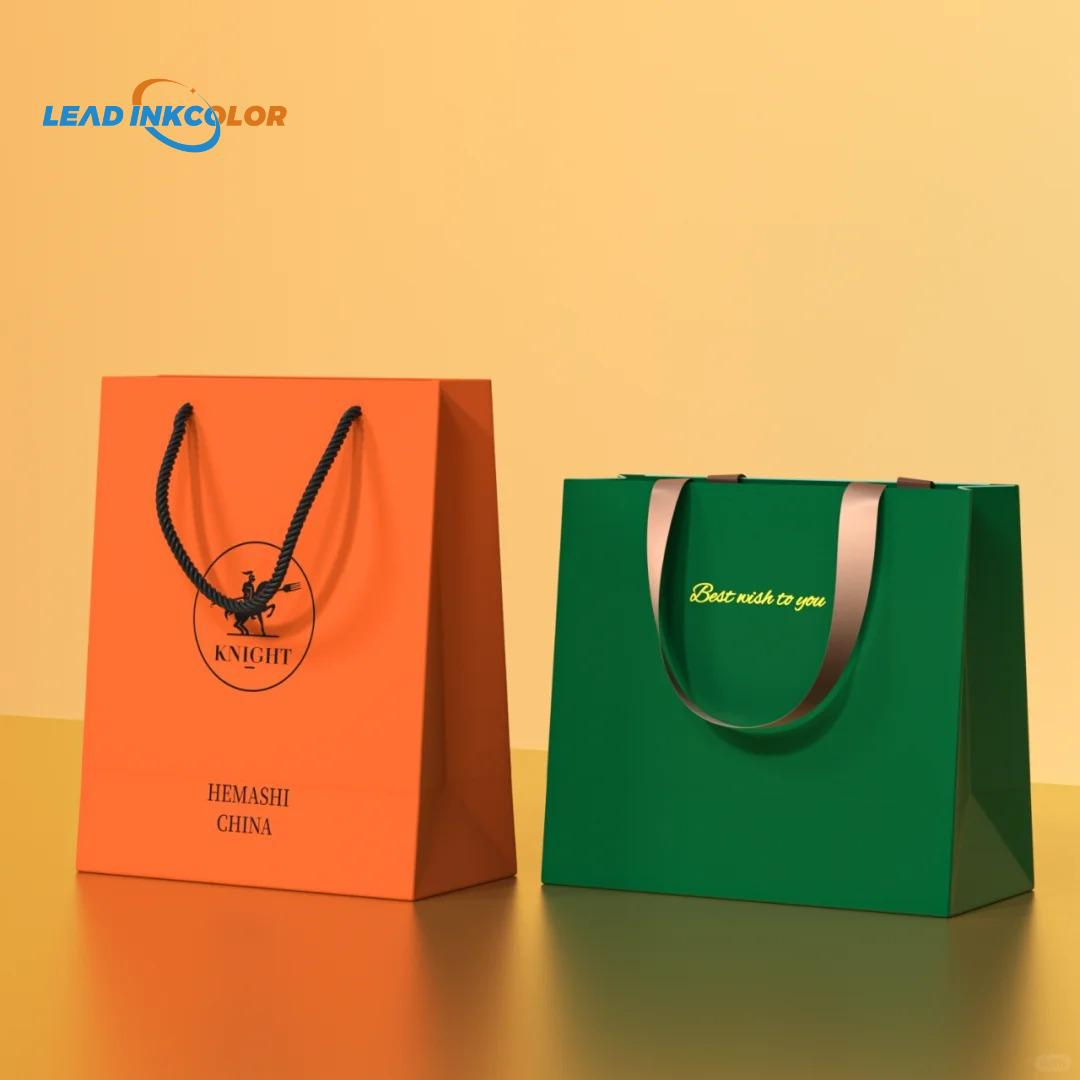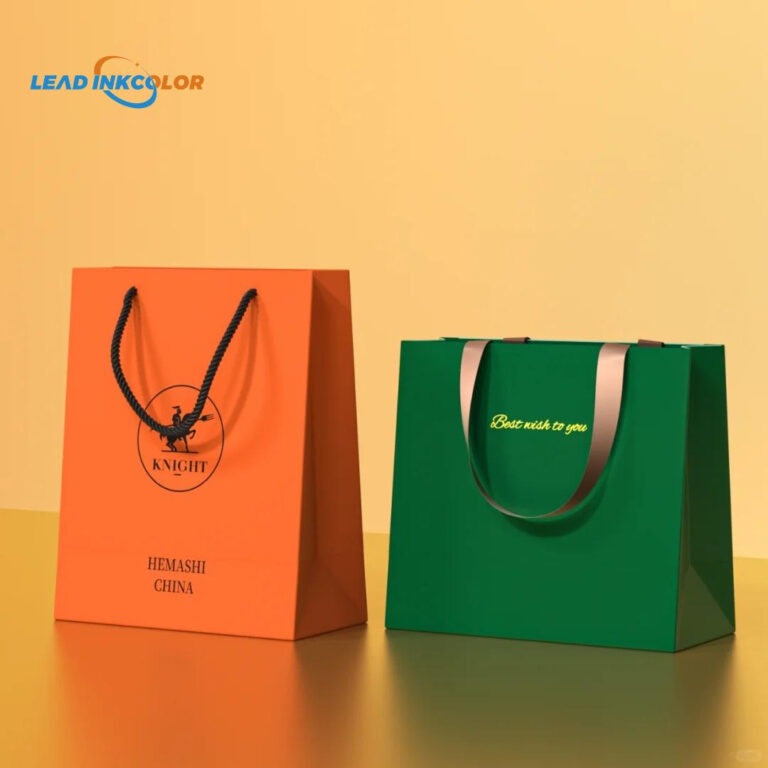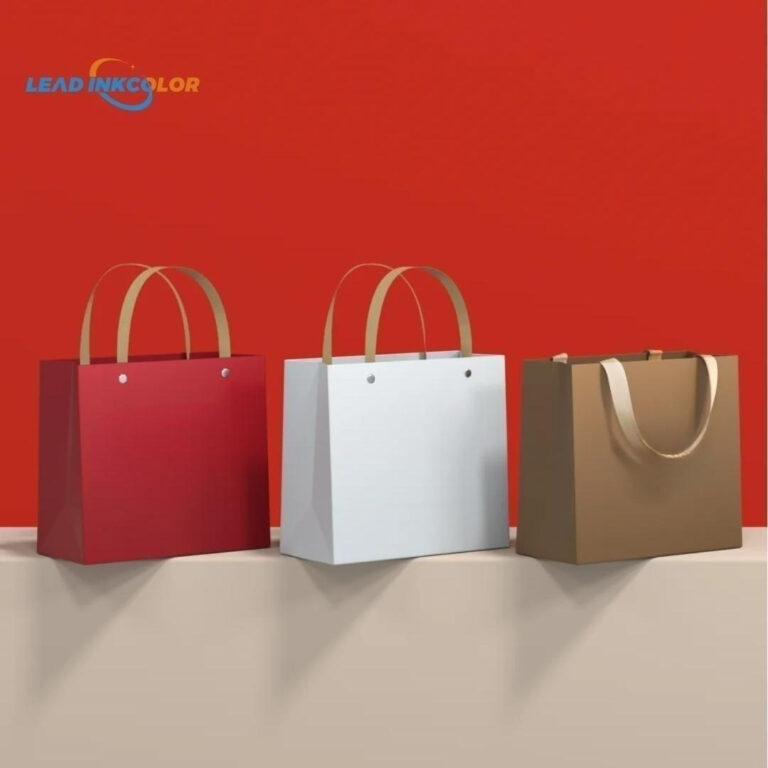-
home dongguan Houjie Industrial Park

The Evolution of Perfume Packaging: A Historical Perspective
[ad_1]
The Evolution of Perfume Packaging: A Historical Perspective
Perfume packaging has undergone significant changes throughout history, influenced by advances in technology, shifts in consumer behavior, and the need for sustainability. From ancient civilizations to modern times, the evolution of perfume packaging has been marked by a constant quest for innovation, aesthetics, and functionality.
In ancient times, perfumes were sold in ceramic vessels, such as amphorae, which were often decorated with intricate designs and relief sculptures. These containers were sturdy, durable, and often featured stoppers to prevent spills. The use of ceramic vessels continued well into the Middle Ages, where apothecaries and perfumers used ornate, decorative flasks made from materials like glass, metal, and wood.
The 18th and 19th centuries saw the rise of ornate, heavy, and intricately decorated perfume bottles, often made from glass, metal, and porcelain. These bottles were characterized by their use of extravagant materials, such as gemstones, and the presence of ornate stoppers, apertures, and labels. This trend continued into the 20th century, with the introduction of more modern materials like plastic and acrylic.
The post-war period saw the emergence of minimalist aesthetic, characterized by clean lines, simple shapes, and reduced ornamentation. This shift was influenced by the rise of modernist design principles and the desire for a more streamlined, practical, and affordable alternative to traditional perfume packaging. The 1960s and 1970s saw the introduction of the first spray and aerosol packaging, which further streamlined the perfume experience.
In recent years, the trend has shifted towards sustainability, with many perfume brands opting for eco-friendly packaging made from recycled materials, bioplastics, and refillable containers. This shift has been driven by consumer demands for environmentally responsible practices and the need for reduced waste and carbon emissions.
The rise of e-commerce and online shopping has also had a significant impact on perfume packaging. Packaging must now be designed to travel safely and effectively, while also meeting the demands of online retailers and consumers. This has led to the development of tamper-evident seals, child-resistant caps, and other security features to prevent fraudulent activity and ensure consumer protection.
Conclusion
The evolution of perfume packaging has been marked by a continuous quest for innovation, aesthetics, and functionality. From ancient civilizations to modern times, perfume packaging has reflected the cultural, social, and environmental trends of its era. As consumers increasingly demand eco-friendly and sustainable packaging, the perfume industry is likely to continue adapting to these changes, incorporating new materials, technologies, and design principles to meet its evolving needs.
FAQs
-
What are some common materials used in perfume packaging?
Common materials used in perfume packaging include glass, metal, plastic, wood, and ceramic. In recent years, eco-friendly materials like bioplastics and recycled materials have gained popularity.
-
How has e-commerce affected perfume packaging?
The rise of e-commerce has led to the development of tamper-evident seals, child-resistant caps, and other security features to prevent fraudulent activity and ensure consumer protection. Packaging must also be designed to travel safely and effectively, while meeting the demands of online retailers and consumers.
-
What is the current trend in perfume packaging?
The current trend is towards sustainability, with many perfume brands opting for eco-friendly packaging made from recycled materials, bioplastics, and refillable containers. This shift is driven by consumer demands for environmentally responsible practices and reduced waste and carbon emissions.
-
How do perfume packaging designs account for cultural and social trends?
Perfume packaging designs often reflect the cultural and social trends of their era, incorporating colors, shapes, and materials that appeal to the prevailing aesthetic and values of the time.
[ad_2]






